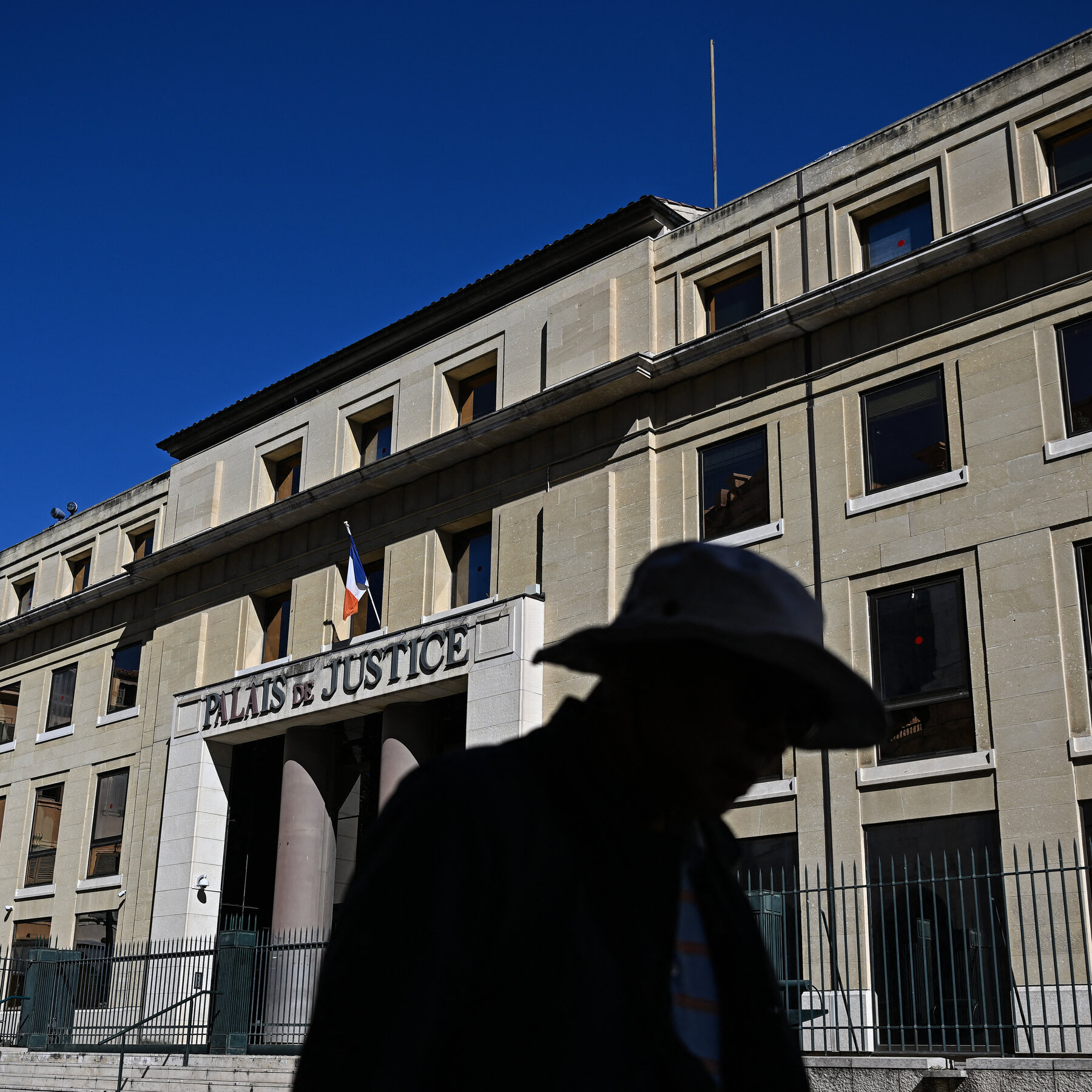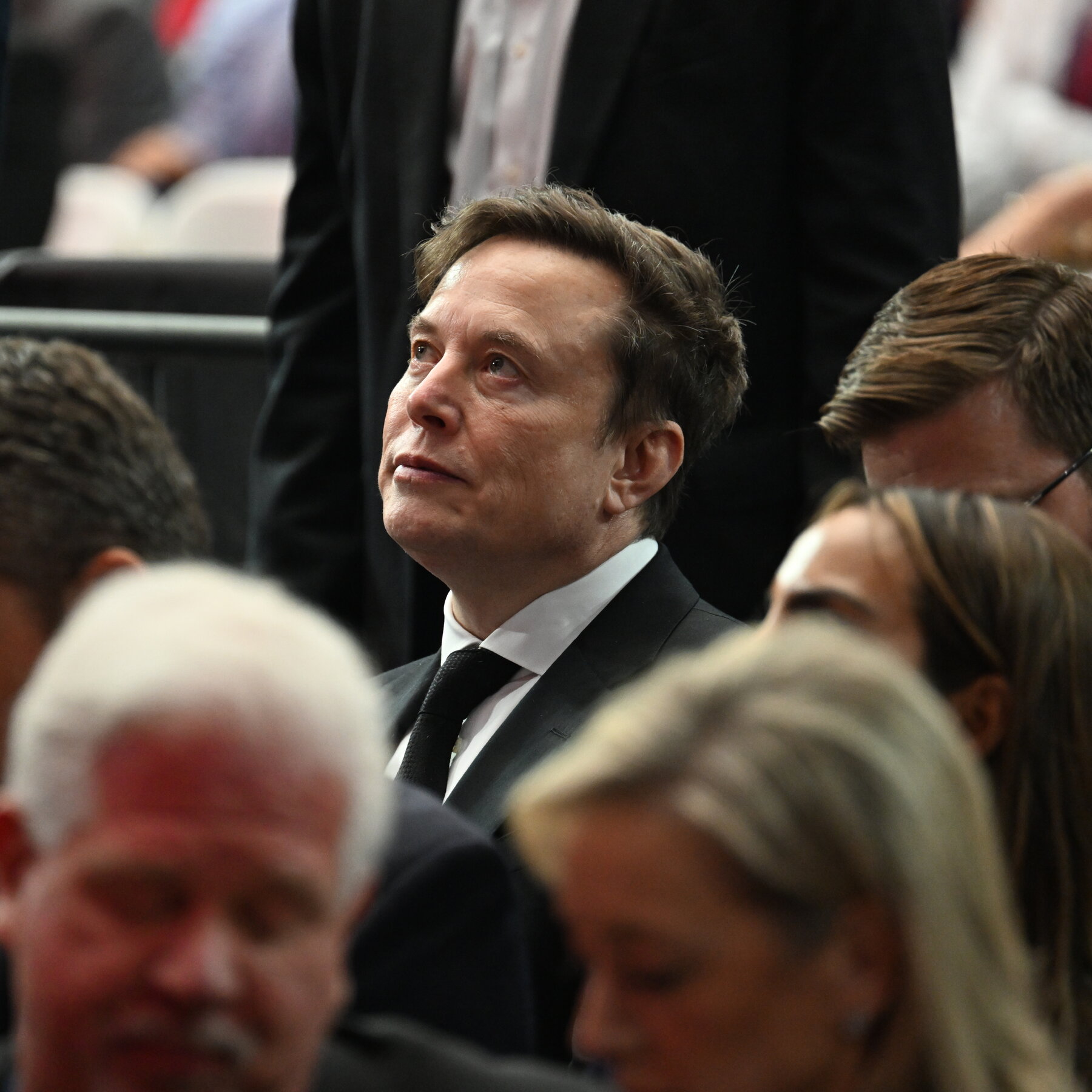Putin’s Win‑Win: Accept a Russia‑Friendly Peace Deal or Keep Fighting
What’s happening on the diplomatic front
The Kremlin’s top strategist appears to be taking a step back while Ukraine and its European partners race to reshape a U.S.‑crafted peace proposal. The aim is to incorporate concessions that would make the plan more acceptable to Moscow.
Why the United States is pushing a new framework
Washington has presented a draft that seeks to end hostilities by linking a cease‑fire to a phased withdrawal of Russian forces and a roadmap for Ukraine’s reconstruction. However, Kyiv and Brussels argue that the original text does not sufficiently address security guarantees or the status of territories currently occupied by Russia.
Europe’s diplomatic scramble
European capitals are holding intensive talks with both Kyiv and Moscow, hoping to bridge the gaps. Officials from the EU foreign affairs council have said they are ready to “adjust the language” on issues such as NATO enlargement, sanctions relief, and the future political status of the Donbas region.
Putin’s strategic calculus
By allowing the negotiations to unfold without a strong Russian presence, President Vladimir Putin may be signaling a calculated patience. He can later present any revised agreement as a victory for Russia—either by securing a deal that meets his core demands or by demonstrating that the West is unwilling to compromise, thereby justifying continued military action.
Potential outcomes
Two scenarios are emerging:
- Acceptance: A modified peace plan that offers Russia limited concessions on security and political issues, paving the way for a cease‑fire and the start of reconstruction.
- Rejection: If the talks stall, Moscow may use the stalemate to rally domestic support, portraying the West as inflexible and maintaining the status quo of conflict.
What this means for the war
For now, the battlefield remains unchanged, but the diplomatic chessboard is heating up. The next weeks will reveal whether the “win‑win” narrative can be turned into a tangible settlement or whether the conflict will simply shift into a longer, more entrenched phase.





